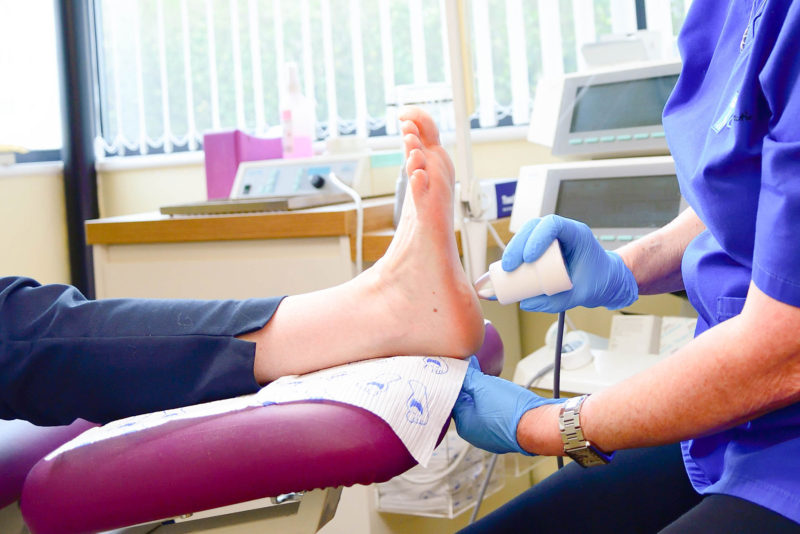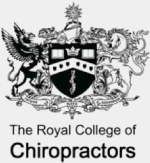What is heel pain?
The heel is a specialised part of the body designed to absorb the impact of your body weight when walking, running or undertaking any other form of physical exertion or weight-bearing exercise. When pain does develop, it can be very disabling, making every step a problem, which in turn affects your overall posture.
What causes the problem?
Heel pain is a common occurrence and in most cases the pain is caused by some form of mechanical injury caused by small repetitive injuries that occur at a rate faster than the body can heal them.
Heel pain can also be caused by lower back problems or inflammatory joint conditions.
The following types of heel pain are not exhaustive but may help you appreciate the complexity of heel pain and why specialist advice can be helpful.
Plantar fasciitis (or fasciopathy):
This is the most common caused by damage to the fascia ‘band’ (similar to a ligament) which connects via the heel bone to the base of the toes. This condition can be caused in various ways including extensive running, walking or standing for long periods of time. In particular, a change of surface (e.g. road to track), poor shoe support, being overweight, overuse or sudden stretching of your sole, as well as a tight Achilles tendon, can lead to this condition.
Heel bursitis (subcalcaneal bursitis):
This is an inflammation of a bursa (a fluid-filled fibrous sac) under the heel bone where the pain is typically more in the centre of the heel than that experienced with plantar fasciitis and significantly worsens during the day. This condition can be caused following a fall from a height on to the heel.
Heel bumps:
These are firm bumps on the back of the heel, usually caused by excessive shoe rubbing in the heel area, or the thickening of the tissues associated with a tight Achilles tendon.
Tarsal tunnel syndrome:
This can feel like a burning or tingling sensation under the heel within the arch of the foot with occasional loss of sensation on the bottom of the foot. This is caused by compression of the tibial nerve as it passes the inside of the ankle. Tapping of the nerve just behind the ankle bone (known as Tinel’s test) will stimulate the symptoms of the condition.
Chronic inflammation of the heel pad:
This is caused by a heavy heel strike or sometimes a reduction in the thickness of the heel pad which can give rise to a dull ache in the heel which increases during the day.
Fracture:
Often caused following injuries such as falling from a height or landing on an uneven surface.
Our Podiatrists are qualified and experienced at diagnosing causes of heel pain and devising a suitable treatment plan. Our team of Podiatrists and Chiropractors often collaborate on care in order to provide optimal treatment and care.
Make an Appointment






